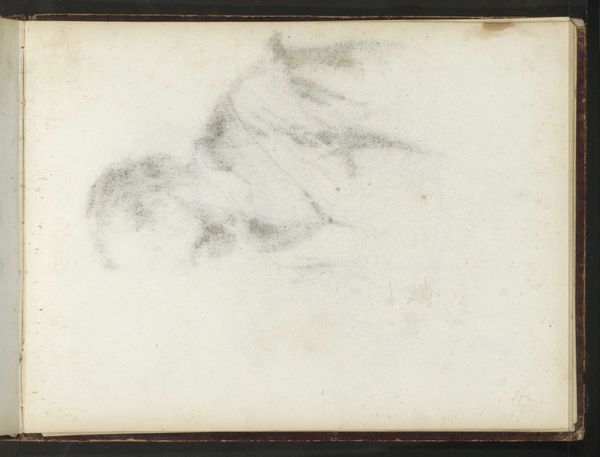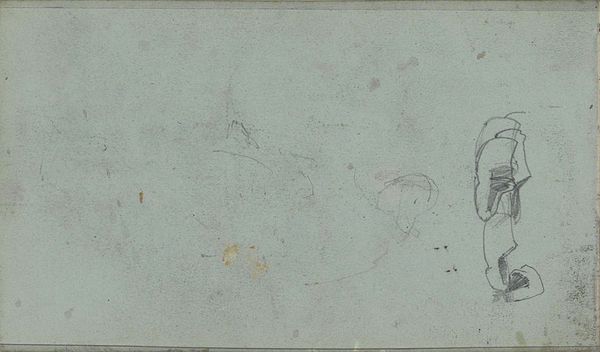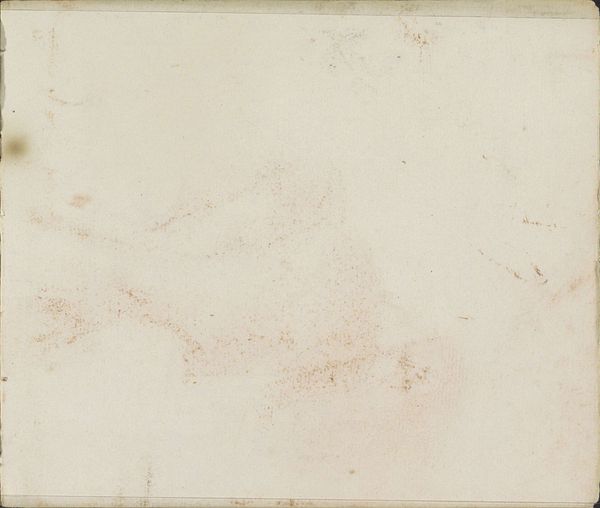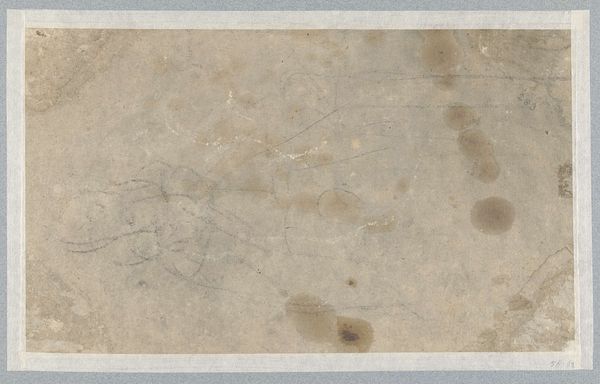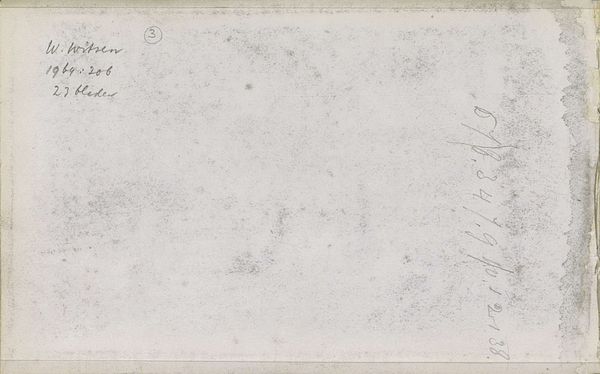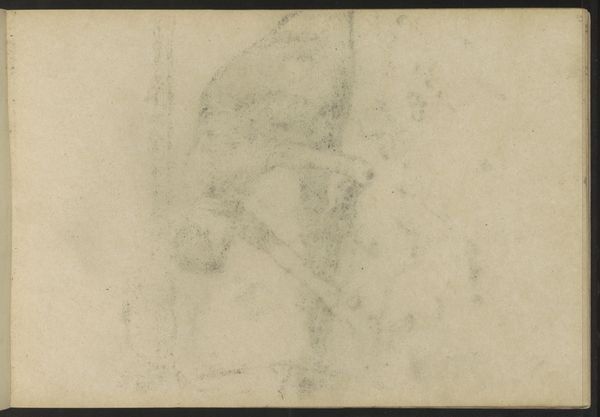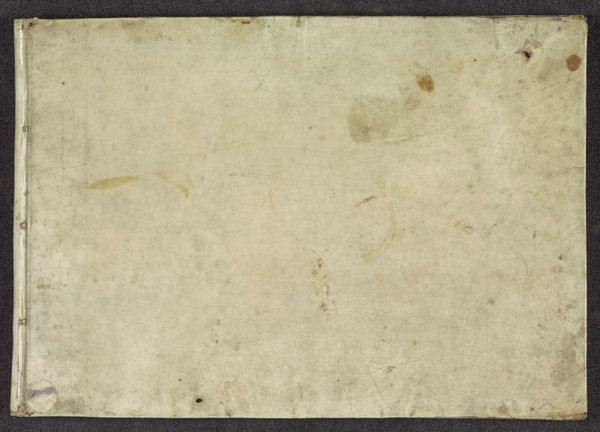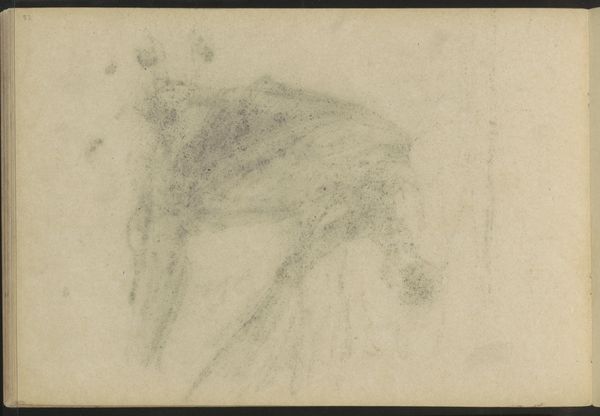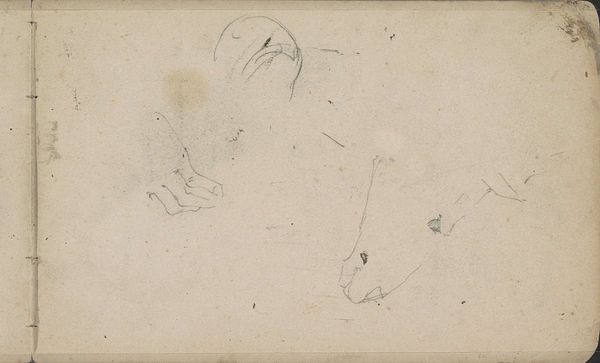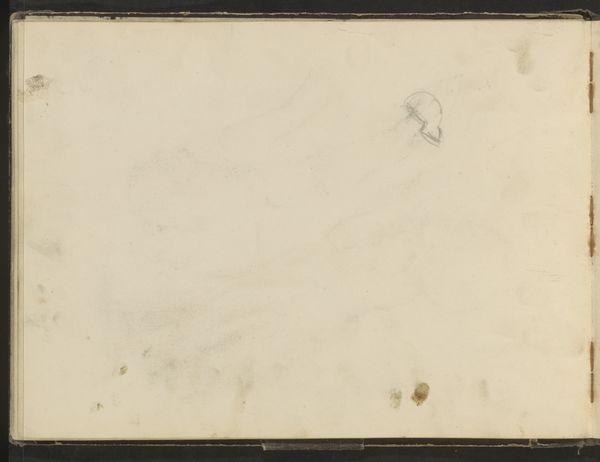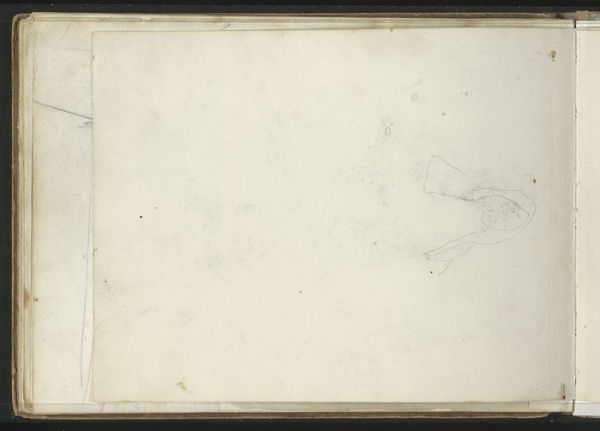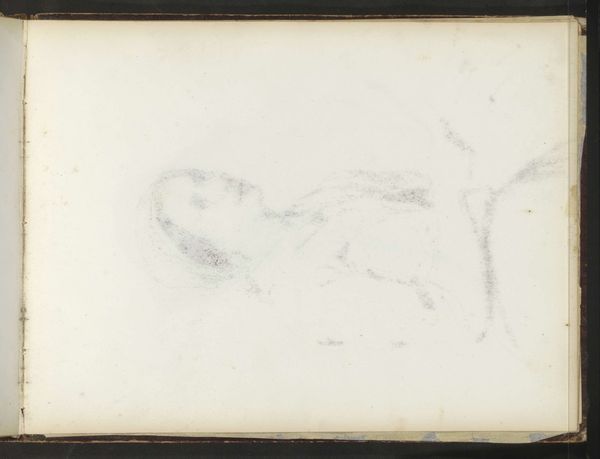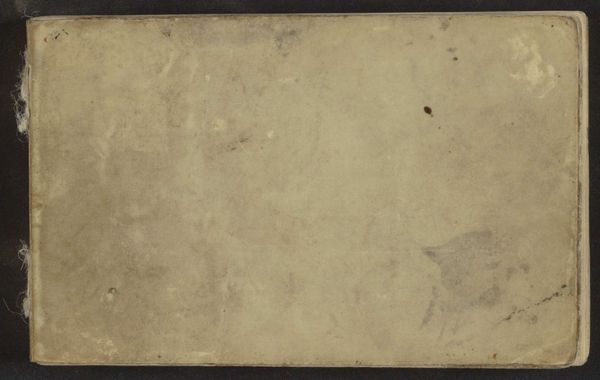
drawing, paper, pencil
#
portrait
#
drawing
#
figuration
#
paper
#
11_renaissance
#
pencil
#
line
#
italian-renaissance
Dimensions: height 205 mm, width 280 mm
Copyright: Rijks Museum: Open Domain
Curator: Welcome. Here we have Federico Barocci's "Study of a Foot," created between 1579 and 1582. It's a pencil drawing on paper, currently held in the Rijksmuseum collection. Editor: My first thought is how fleeting the image feels; barely there, as if the foot might vanish any second. The paper itself seems fragile, aged almost like parchment. Curator: That delicacy aligns with Barocci's broader artistic concerns. He worked during a time of significant shifts within the Catholic Church and often explored highly sensitive or devotional subject matter. He placed great emphasis on the naturalism and beauty of the body, infusing a subtle expressiveness and delicacy. Editor: So, you're saying the softness of this rendering connects to religious ideas concerning the sanctity and, in a way, the vulnerability of the human form? Was there something particular happening socially or politically around figuration that might be revealed here? Curator: Indeed, the Counter-Reformation was impacting art. This study probably acted as preparation for a larger religious painting. But within those commissions, artists found a path to exploring realistic human anatomy with more detail and accuracy. You'll find that the placement and size of the body changed radically and the politics surrounding it also suffered major transformation in society and artwork at this period of Italian art. Editor: I see it—an interesting push-pull there between strict control from institutions but with subtle leeway for humanist depiction. I keep wondering whose foot this was and how questions about class, gender and even race enter here. Did Barocci include members of different groups within his artwork, to address the general public in Italy? Curator: He worked in Urbino primarily. Though less documented, considering the role that art played in solidifying the state's socio-political control at that time, one might consider those choices when analyzing its impact. And the fact that we can observe such seemingly minute work lets us appreciate how art making always connects directly with social issues! Editor: Exactly! So much in just a glimpse of a foot... thank you for illuminating this drawing. Curator: A pleasure. The act of analyzing it and thinking together definitely has brought forward important historical connections.
Comments
No comments
Be the first to comment and join the conversation on the ultimate creative platform.
